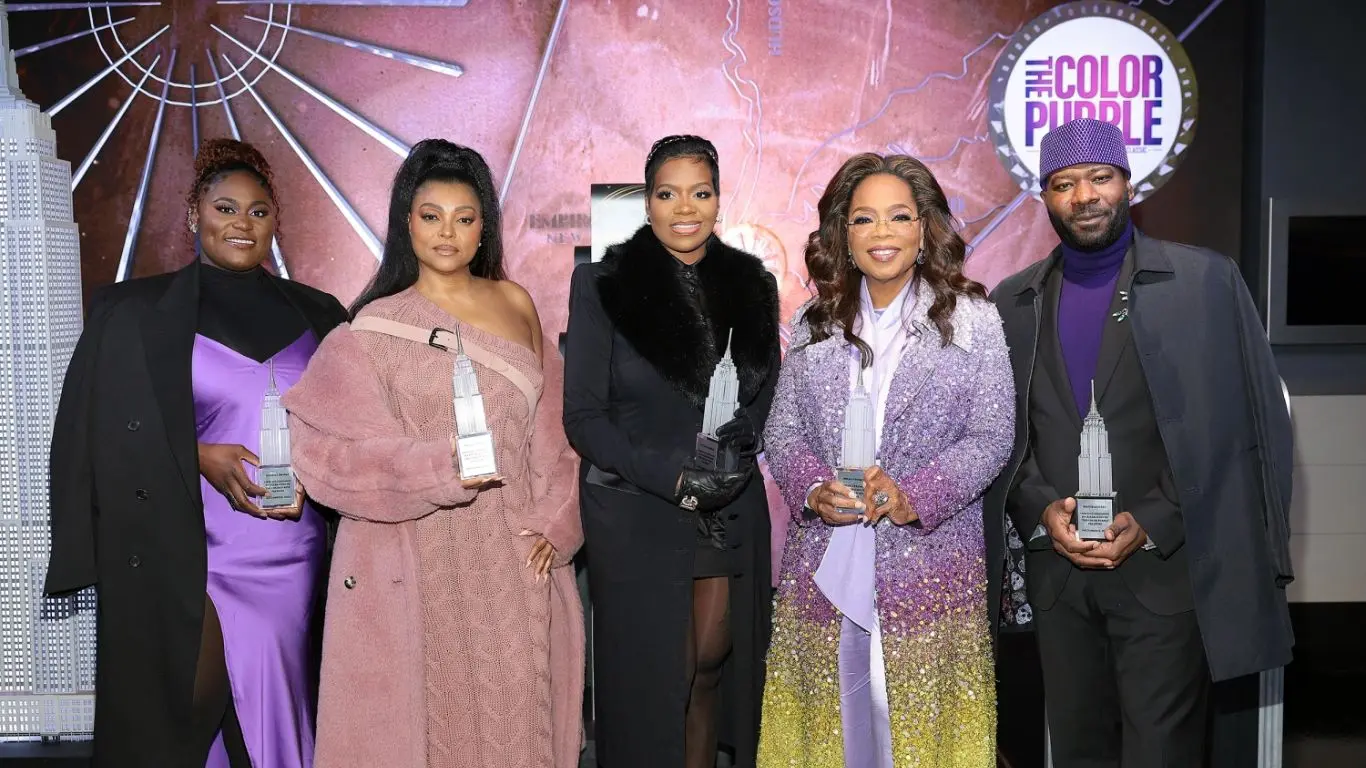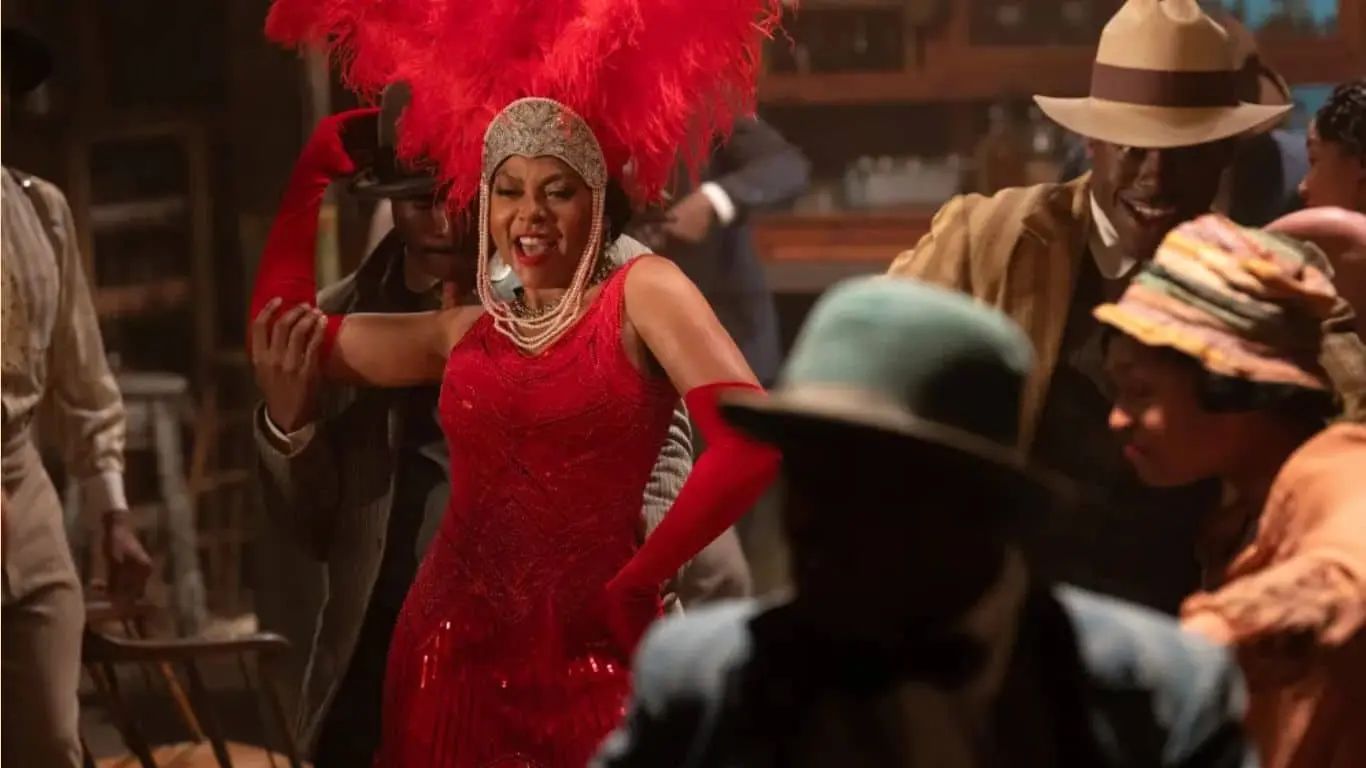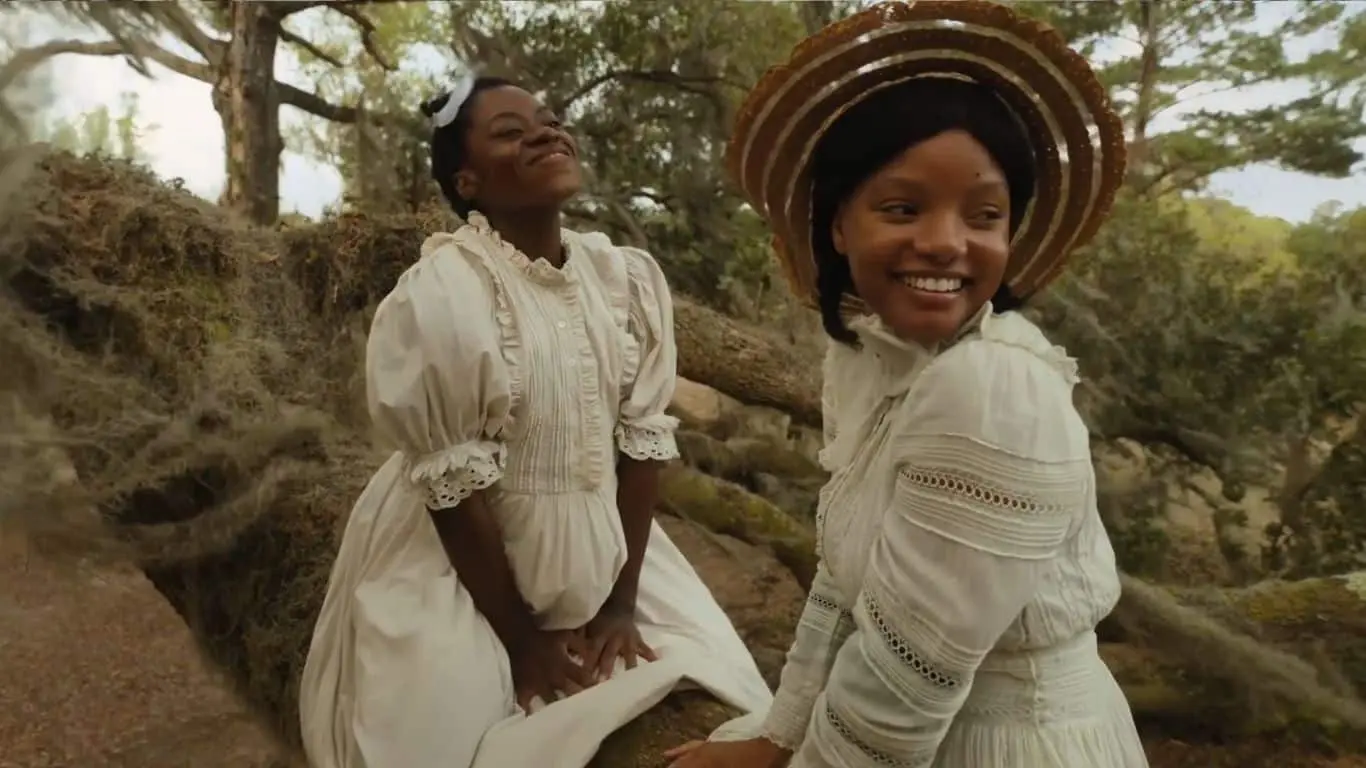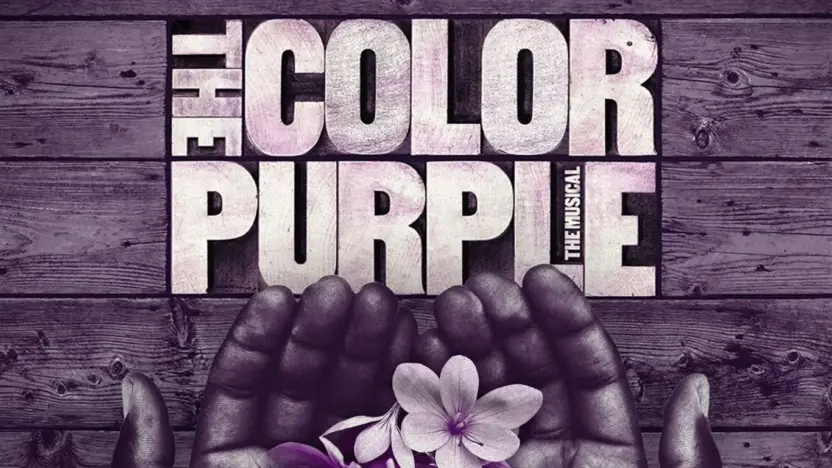Blitz Bazawule’s 2023 adaptation of “The Color Purple” is a cinematic tapestry weaving together the literary depth of Alice Walker’s novel, the dramatic flair of Steven Spielberg’s film, and the vibrant energy of the Broadway musical. This review delves into how the film becomes a stunning hybrid, capturing the visceral meditations of the written word with the dynamic pulse of musical performance.
Storyline and Character Arcs

At its heart, “The Color Purple” is the poignant tale of Celie, portrayed by Phylicia Pearl Mpasi and Fantasia Barrino during different stages of her life. The film traces Celie’s journey from an abused and oppressed girl to a woman of resilience and determination. The relationship between Celie and her sister Nettie (Halle Bailey), their moments of innocence and joy, and the subsequent years of hardship and separation form the emotional core of the narrative. The story is a distressing yet powerful portrayal of Black womanhood, family, and the unyielding spirit of hope.
Performance Highlights
“The Color Purple” shines brightest in its performances. Mpasi and Barrino, both newcomers to film, deliver compelling and nuanced portrayals of Celie. Their performances, particularly Mpasi’s, are magnetic, capturing the character’s depth and resilience. Danielle Brooks, reprising her role as Sofia from the stage, is a force to be reckoned with, providing a performance filled with vibrancy and emotional range. The chemistry and bond between the characters, especially between the sisters, add a layer of authenticity and emotional weight to the film.
A Missed Note: Shug Avery’s Portrayal

While the film boasts strong performances, Taraji P. Henson’s portrayal of Shug Avery is where it falters. Henson’s overacting contrasts sharply with the otherwise authentic performances, making her character’s arc feel less cohesive with the film’s overall tone. Shug Avery, a complex character meant to embody diva-like confidence and vulnerability, doesn’t quite resonate as intended, leading to a somewhat disjointed element in an otherwise harmonious narrative.
Musical and Visual Mastery
One of the film’s triumphs is its musical numbers. Songs like “Hell No” and “I’m Here” are not only showcases for the cast’s vocal talent but are also deeply integrated into the narrative, enhancing the emotional landscape of the film. The choreography and performance capture the full extent of the characters’ emotions, from defiance to vulnerability. Additionally, the depiction of the American South, with its warmth and light, adds a rich, almost character-like quality to the setting, especially in the musical sequences.
Concluding Thoughts

“The Color Purple (2023)” is more than a film; it’s a vibrant, emotional journey through the adversities and solidarity of Black sisterhood. While the movie navigates some narrative and pacing challenges, particularly in its portrayal of Shug Avery, it remains a compelling and heartfelt adaptation. It stands as a testament to resilience and perseverance, beautifully reasserting the timeless relevance of a cherished story. This film is not just an adaptation but a celebration of the spirit it represents, making it a must-watch for both fans of the original and newcomers alike.
Also Read: Aquaman and the Lost Kingdom Movie Review



